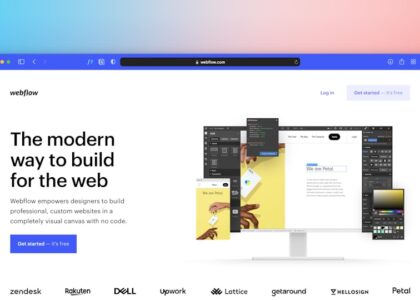In today’s digital age, the significance of responsive web applications cannot be overstated. With a myriad of devices such as smartphones, tablets, and desktops in use, the need for applications that can seamlessly adapt to different screen sizes and resolutions is paramount. This article delves into the intricacies of developing responsive web applications, demonstrating how they enhance user experience and offering tips on crafting superior applications. The crux of a responsive web application lies in its ability to automatically adjust its layout and interface based on the user’s device. This adaptability ensures that all users have a consistent, high-quality experience, regardless of their device’s size or capabilities. It’s a far cry from the early days of the internet when developers had to create separate sites for mobile and desktop users, leading to increased development time and costs. Responsive web applications utilize flexible layouts, images, and CSS media queries. The flexible layout allows the application to adjust the width and height of elements based on the screen size, while flexible images ensure that images are not larger than their containing element. CSS media queries, on the other hand, apply different style rules based on the capabilities of the user’s device. These three components work together to create a responsive design. There are numerous benefits to developing responsive web applications. Firstly, it improves user experience as users can access the application from any device without compromising on the quality of the interface. Secondly, it reduces development time and costs as developers only need to maintain a single codebase. , responsive design is favored by search engines, potentially improving your application’s search engine rankings. However, developing responsive web applications is not without its challenges. Developers must ensure the application performs optimally on all devices, which requires rigorous testing. Additionally, implementing a responsive design can be complex and requires a deep understanding of CSS and HTML. Despite these challenges, there are several best practices developers can follow. Firstly, always start with the mobile design and then scale up to larger screens. This ‘mobile-first’ approach ensures that your application performs optimally on mobile devices, which comprise the majority of internet users. Secondly, use CSS media queries to apply different styles for different devices. , regularly test your application on various devices to ensure it performs as expected. , responsive web applications are crucial in today’s digital landscape. They offer a superior user experience, reduce development time and costs, and potentially improve your application’s search engine ranking. While developing a responsive application can be challenging, by following best practices and continually testing your application, you can craft a superior responsive web application that meets the needs of all users.

Subscribe
0 Comments



